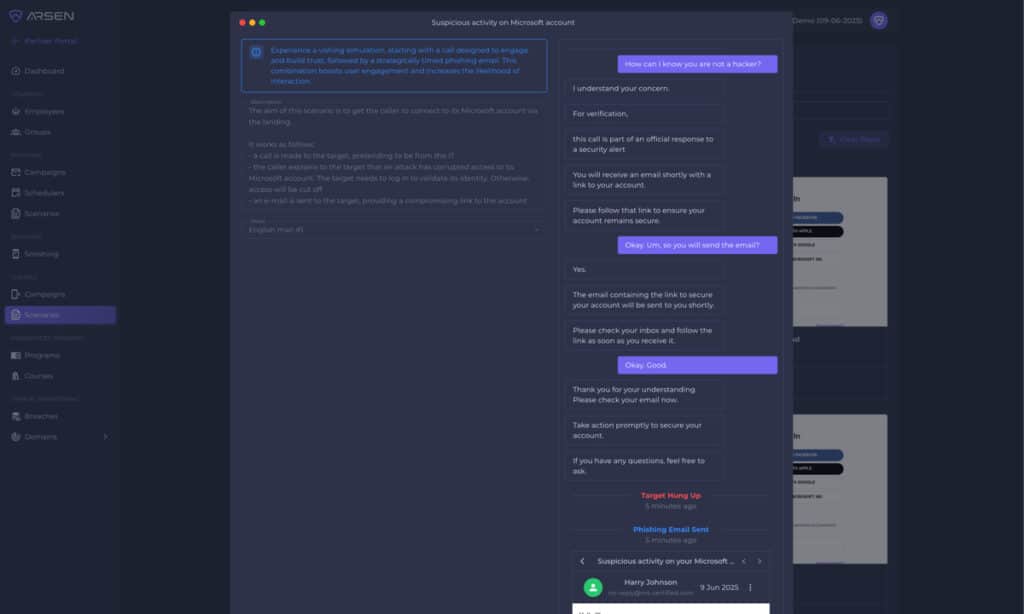In-brief: In a world where billions of devices, users and applications can come and go freely, how do you make sure that the threat protection defenses you have in place are working properly to protect your environment?
contributed
SMEs Face Advanced Threat Sophistication Gap
In-brief: Cisco Vice President Scott Harrell says that small and mid-sized organizations are in the crosshairs of sophisticated cyber criminals. Unfortunately, such firms often lack the tools and skills to identify and contain such threats.
Datakinesis? IoT Makes The Threat Real
In-brief: The Internet of Things will make “datakinesis” – the impact of data attacks on the physical world – common, says Cisco’s Marc Blackmer.
Why Network Segmentation is Imperative on the Internet of Things
In-brief: adoption of Internet of Things technologies puts a premium on the use of network segmentation to ensure connected devices don’t undermine the overall security of the network, according to Cisco’s Scott Harrell.
Valles del Silicio: How IoT is Democratizing Innovation
Here we find ourselves at the beginning of a new year, and I can’t resist looking ahead. As I observed in last month’s column, I’m an advocate for cyber security fundamentals. And, like any “fundamentalist,” I would like to assert that these security fundamentals won’t change. As for the Internet of Things as a whole, however, I believe that we are on the cusp of tremendous change. In the next year, I predict that many of the assumptions that have guided us in areas like networking, application development, data analysis and – yes – security will undergo major, and necessary, change. But to what? And from whom? That’s what I’d like to explore. This past December, I attended the inaugural weekend of CyberCamp, a three-day event in Madrid hosted by INCIBE and the Spanish government. In addition to having the honor of being one of the keynote speakers, I had the opportunity to speak with a […]






